Lots of meaningful information
In the 17th-18th centuries, the land of Thua Thien Hue appeared as the center of power of half of Dai Viet, then became the capital of the whole country. That was Phu Xuan during the Nguyen and Tay Son lords (1687-1801). Phu Xuan from a village became a historical place associated with Dang Trong, the period of division after the Trinh - Nguyen war (1672-1786), to the early days of re-establishing the country's unification (1786-1801). This is a land with an important position in the history of the nation's development. However, this is a historical period with many gaps in scientific research and many different viewpoints.
Conference scene
There have been many research works and publications on Dang Trong and Tay Son related to Phu Xuan. But until now, there has been no publication on the political center of Phu Xuan that has been consistent from its birth in 1687 (during the Nguyen Lords' reign) to the end of its political role at the end of the Tay Son Dynasty in 1801. After 1801, Phu Xuan transferred its historical role to Hue , the last capital of Vietnam. With "Phu Xuan during the Nguyen Lords' and Tay Son Dynasty", the Thua Thien Hue Historical Science Association provides much valuable historical information about this period.
Of the 25 articles submitted to the Conference Organizing Committee, 6 were presented directly by the authors at the conference and continued to be discussed. These issues include: Ao Palace - the Summer Palace of Lord Nguyen; Where is Tien Duc Palace in the Nguyen Dynasty?; Thua Thien Hue area under the Nguyen Dynasty - a transit station in the process of expanding Dang Trong; Identifying the architecture of communal houses in Phu Xuan region under the Nguyen Dynasty; Huong Danh Hau Nguyen Dang Thinh and two steles on his tomb; Preserving relics of the Nguyen Dynasty and Tay Son Dynasty, contributing to building Thua Thien Hue into a unique heritage city of Vietnam.
Need to be fully checked
According to Dr. Phan Thanh Hai, Director of the provincial Department of Culture and Sports, there was a new discovery in the documents of the National History Institute of the Nguyen Dynasty on December 6, the 6th year of Khai Dinh (January 3, 1922), related to the preservation of the Giao altar of the Tay Son Dynasty and placing this relic on par with the relics of Hai Van Quan, Van Mieu, Thien Mu Pagoda, Ho Quyen...
This shows that the Nguyen Dynasty in the later period still had the awareness to protect the vestiges of the Tay Son period, even though it was an opposing dynasty. At the same time, it is necessary to reconsider the conclusions of some researchers when they affirmed that the Nguyen Dynasty implemented a policy of "punishing the law", aiming to erase all traces of the Tay Son Dynasty in history.
With experience in the field of research and management of cultural heritage, Dr. Phan Thanh Hai proposed many solutions to promote the value of relics and sites of Phu Xuan during the Nguyen and Tay Son dynasties in contemporary life. In particular, he emphasized three priority tasks that need to be implemented, including: Conducting an inventory of relics and sites related to the Nguyen and Tay Son dynasties; Strengthening scientific research on related works; Promoting the role of supervision and the community.
“The relics of the Nguyen and Tay Son dynasties exist in the community life and can only be protected and preserved by the community. How to raise awareness of all classes of people, especially the young generation, and create a community that is conscious of preserving the heritage of Phu Xuan during the Nguyen and Tay Son dynasties in particular, and the national cultural heritage in general, is the important thing”, Dr. Phan Thanh Hai emphasized.
Clearly define Phu Xuan land
Participating in the workshop as an honored guest, Poet Nguyen Khoa Diem, former member of the Politburo, Head of the Central Ideology and Culture Committee, said that the issues discussed at the workshop were of great scientific significance. However, it is regrettable that most of the content was only focused on the central region of Thua Thien Hue, while Phu Xuan during the Nguyen and Tay Son dynasties had a large area, at least the strip of land stretching from Bo Chinh district (Quang Binh) to Dien Ban - Duy Xuyen area (Quang Nam).
Poet Nguyen Khoa Diem speaks at the conference
“Only the vast Phu Xuan region was strong enough to help Quang Trung defeat the Champa and Qing armies twice. Therefore, in my opinion, we need to clarify our views on the Phu Xuan region to get more opinions from researchers from related localities. Furthermore, to conduct deeper and broader research on the Phu Xuan region during this period, I feel that we need ethnologists, historical archaeologists, historical agriculturalists, etc. to look back at the issues of Phu Xuan. Only then can we understand and highlight the contributions of Phu Xuan during the Nguyen and Tay Son dynasties,” said Mr. Nguyen Khoa Diem.
He further emphasized: “The transformation of the country since Lord Nguyen Hoang set foot in Thuan - Quang needs to be viewed as a positive factor in Vietnamese society. Researching this period, if we only see territorial disputes without seeing the unity of culture, politics, and economy at that time, it means we have not understood the nature of this southern expansion and also do not understand the history of the nation in the process of development to the South.”
Poet Nguyen Khoa Diem's opinion received consensus and support from many delegates attending the conference. Cultural researcher Nguyen Huu Chau Phan suggested: "For a long time, when mentioning Phu Xuan, people almost only think of the central land of Thua Thien Hue today. Therefore, the Thua Thien Hue Historical Science Association needs to organize a specific conference to discuss more clearly the issue of the Phu Xuan region's boundaries under the Nguyen and Tay Son lords."
Not understanding Phu Xuan means not understanding the country.
This was emphasized by Associate Professor Dr. Do Bang, Vice President of the Vietnam Historical Science Association, President of the Thua Thien Hue Historical Science Association, in the conclusion of the conference. He determined: Phu Xuan is a link in history, holding an extremely important position in the development process of the nation. Without Phu Xuan during the Nguyen Lord period, there would be no Southern Vietnam today. Without Phu Xuan during the Quang Trung King period, there would be no victory over the Qing army in the early spring of Ky Dau (1789). Without Phu Xuan, Dai Viet would not have had the opportunity to restore national unity, revive national culture, and enhance its position with China and other countries in the region.
With the importance of Phu Xuan during the Nguyen and Tay Son dynasties, Associate Professor Dr. Do Bang said he would recommend to the Provincial People's Committee to direct the sectors to develop a scientific project to research, preserve and promote the cultural values of Phu Xuan, and develop a project to establish the Quang Trung Cultural Center in Hue.
Source: https://huengaynay.vn/van-hoa-nghe-thuat/thong-tin-van-hoa/phu-xuan-thoi-chua-nguyen-va-tay-son-gach-noi-quan-trong-trong-lich-su-78640.html



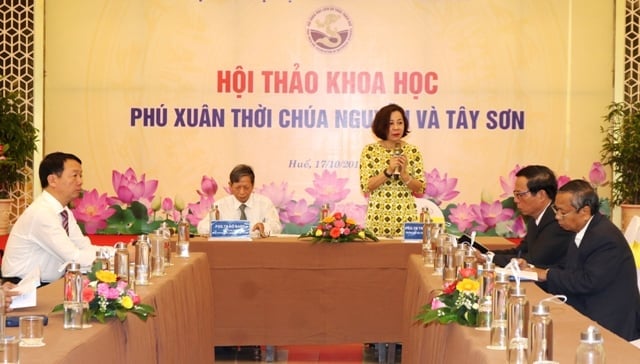
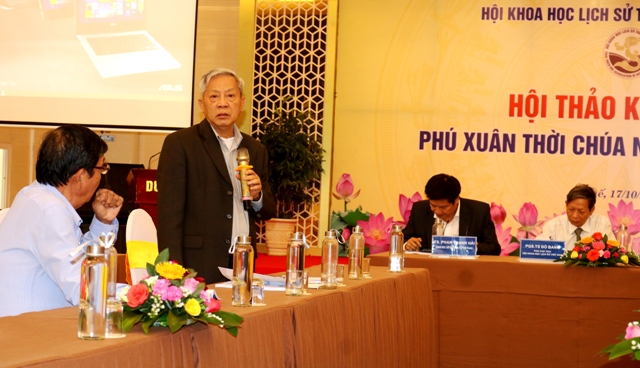
![[Photo] Lao President Thongloun Sisoulith and President of the Cambodian People's Party and President of the Cambodian Senate Hun Sen visit the 95th Anniversary Exhibition of the Party Flag Lighting the Way](https://vphoto.vietnam.vn/thumb/1200x675/vietnam/resource/IMAGE/2025/9/2/3c1a640aa3c3495db1654d937d1471c8)
![[Photo] Ho Chi Minh City residents show their affection to celebrate the 80th anniversary of the August Revolution and National Day September 2](https://vphoto.vietnam.vn/thumb/1200x675/vietnam/resource/IMAGE/2025/9/3/55d860cbb63a40808e1e74ad9289b132)
![[Photo] Special art program "Da Nang - Connecting the future"](https://vphoto.vietnam.vn/thumb/1200x675/vietnam/resource/IMAGE/2025/9/2/efdd7e7142fd45fabc2b751d238f2f08)
![[Photo] National Assembly Chairman Tran Thanh Man meets with First Secretary and President of Cuba Miguel Diaz-Canel Bermudez](https://vphoto.vietnam.vn/thumb/1200x675/vietnam/resource/IMAGE/2025/9/2/c6a0120a426e415b897096f1112fac5a)

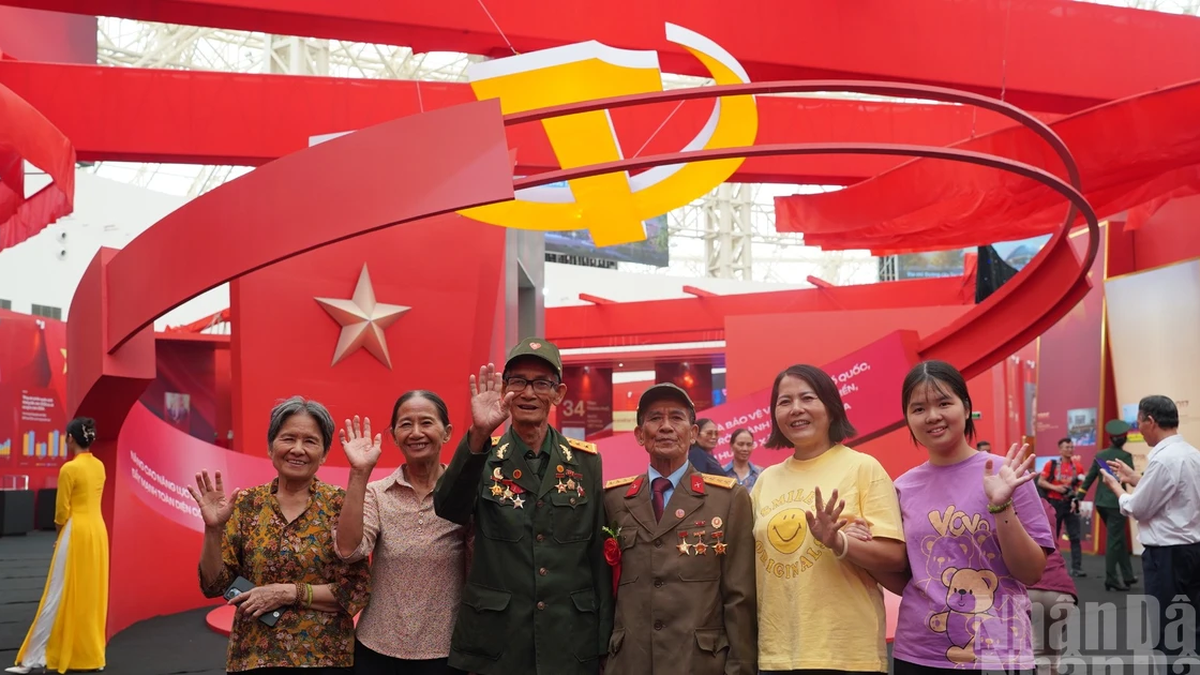
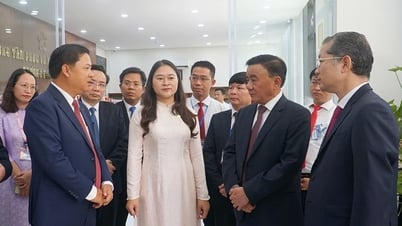

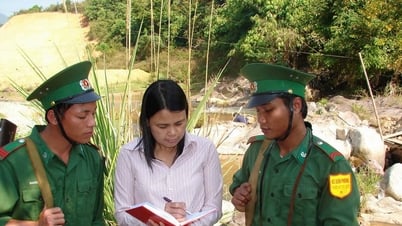
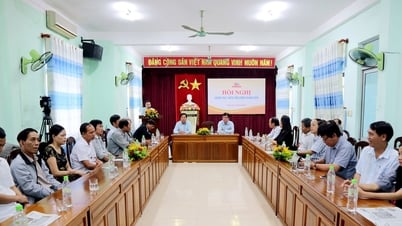
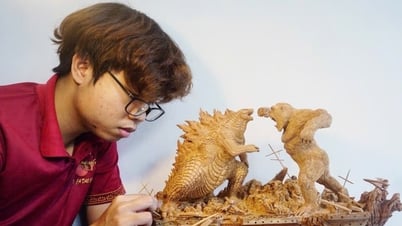
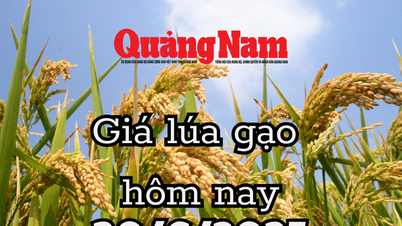

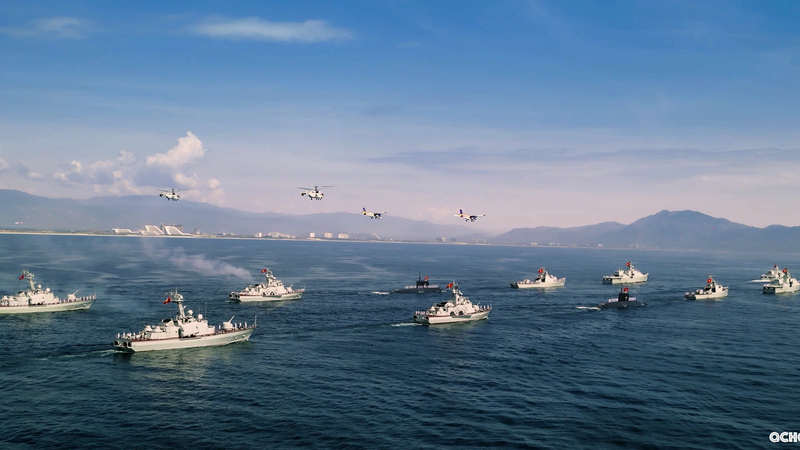
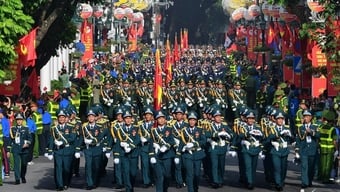

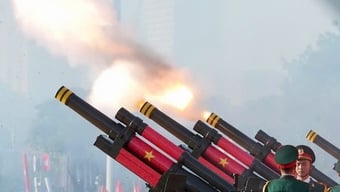

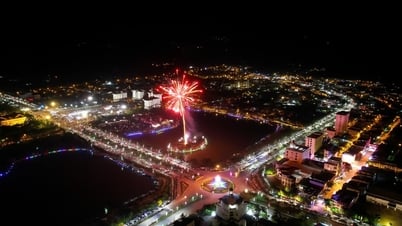
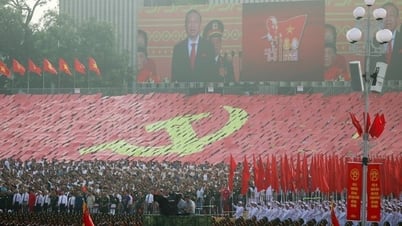
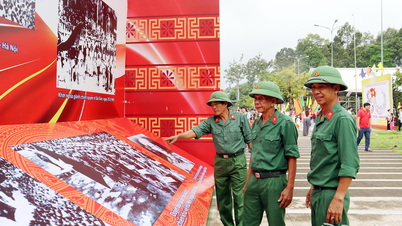

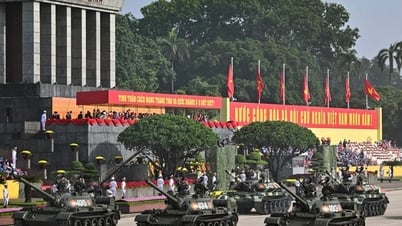
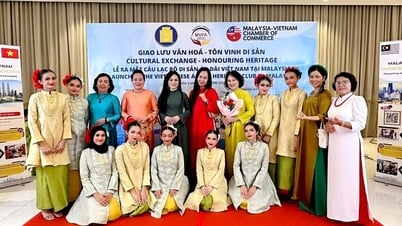

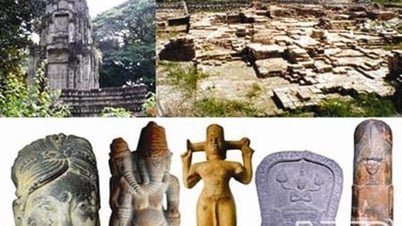

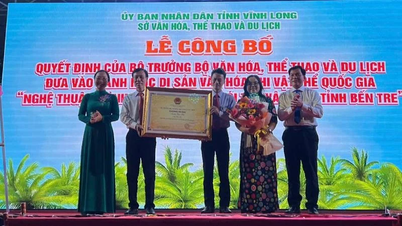



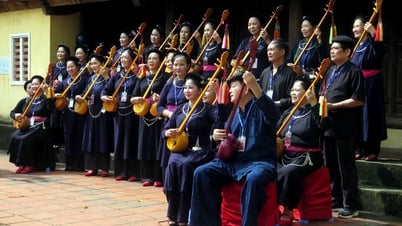

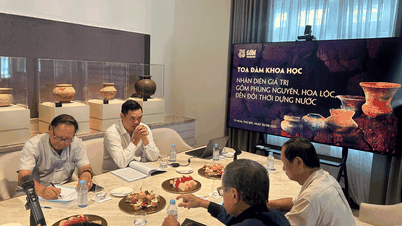






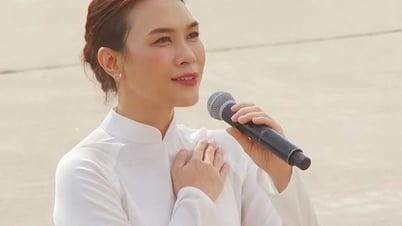


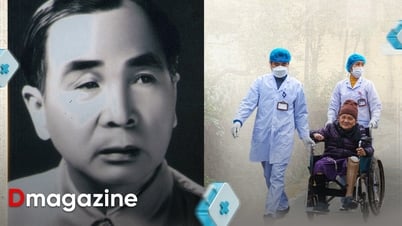

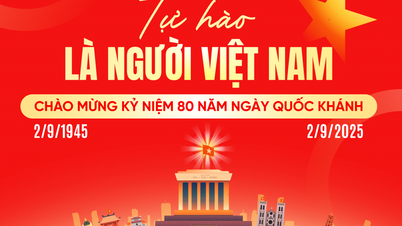
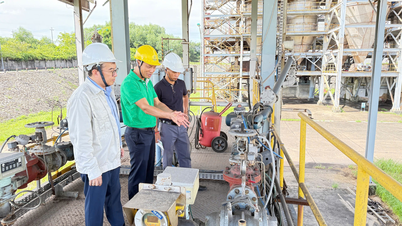


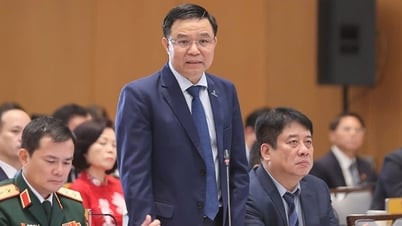
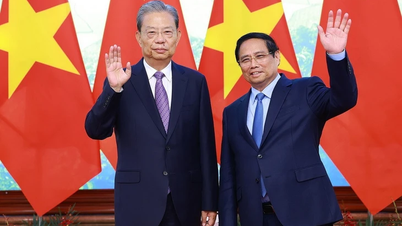
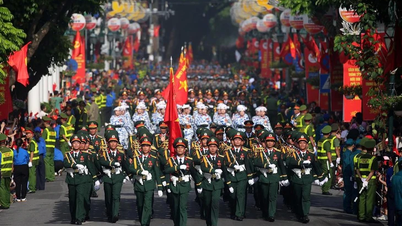
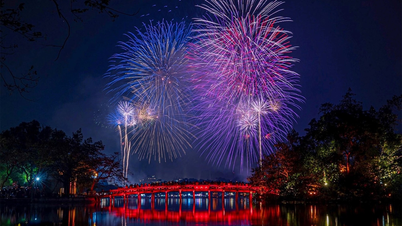
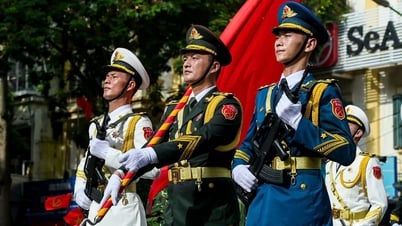




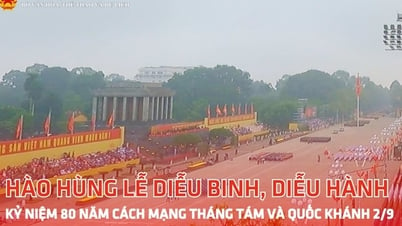

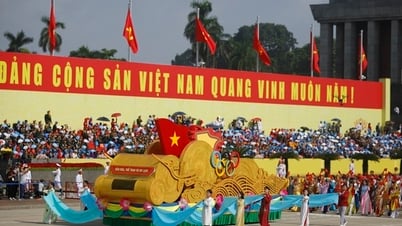

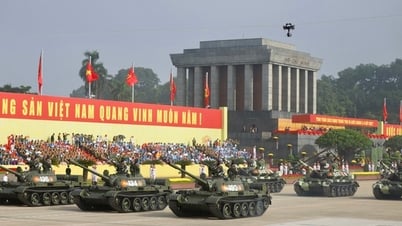
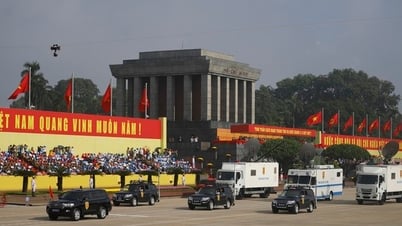




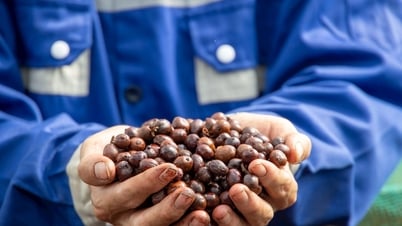



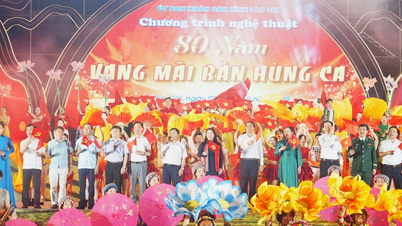

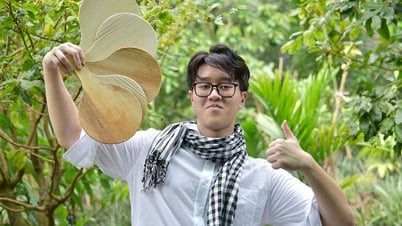

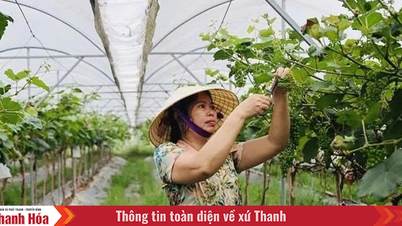

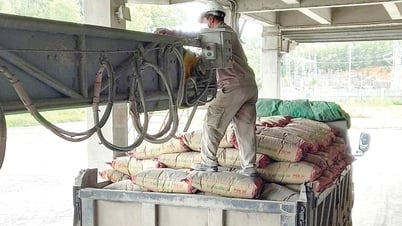



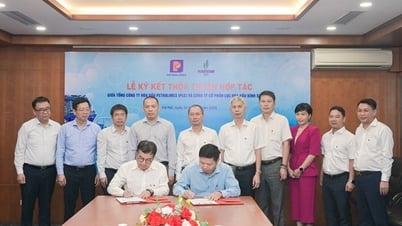





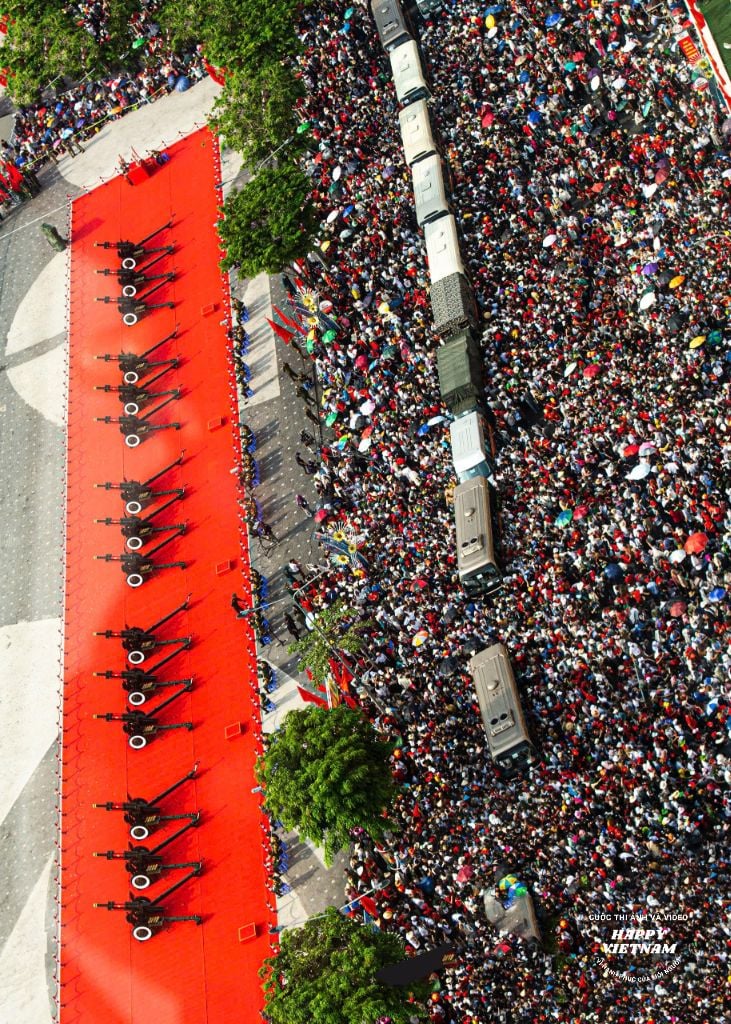

Comment (0)